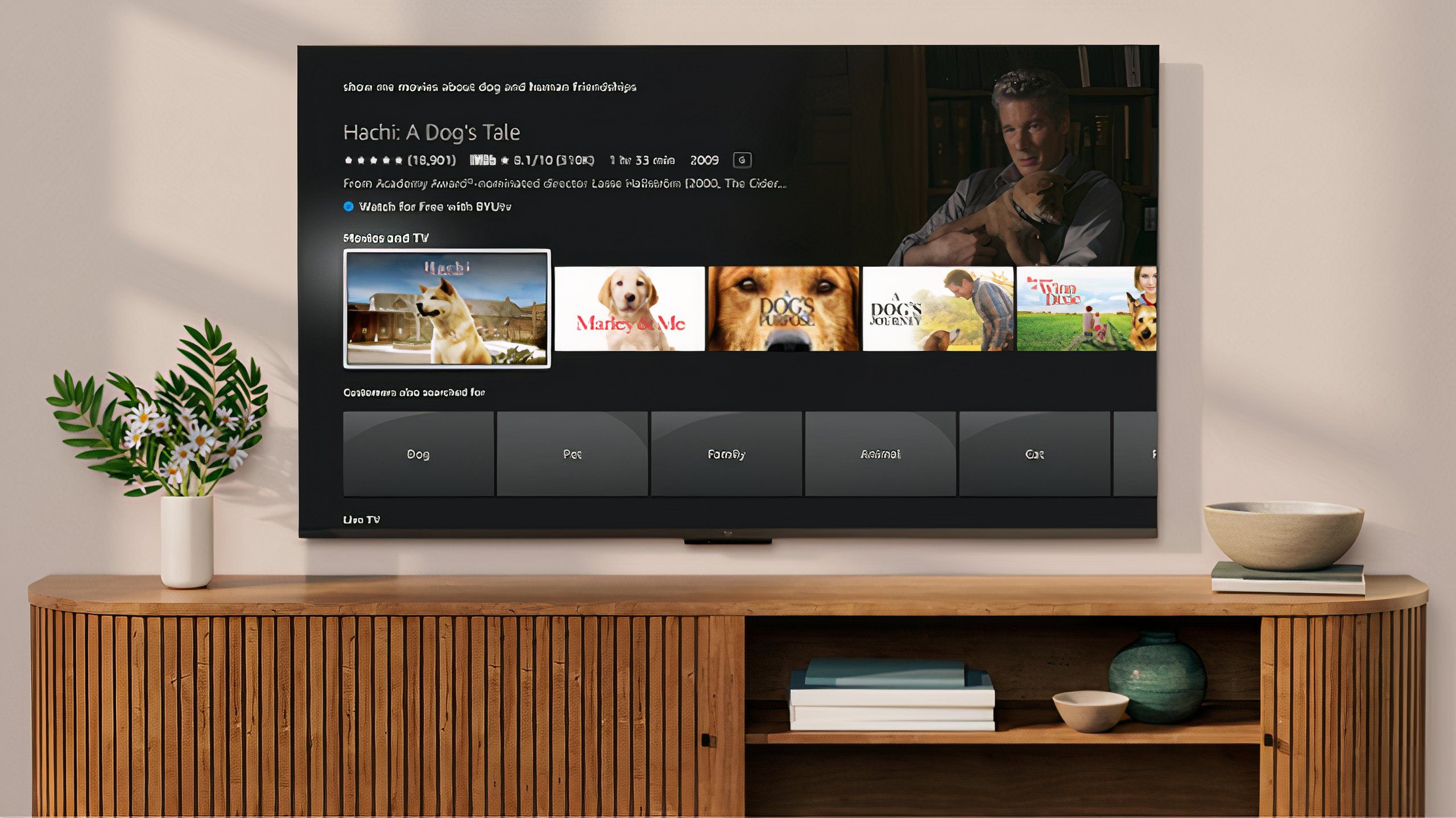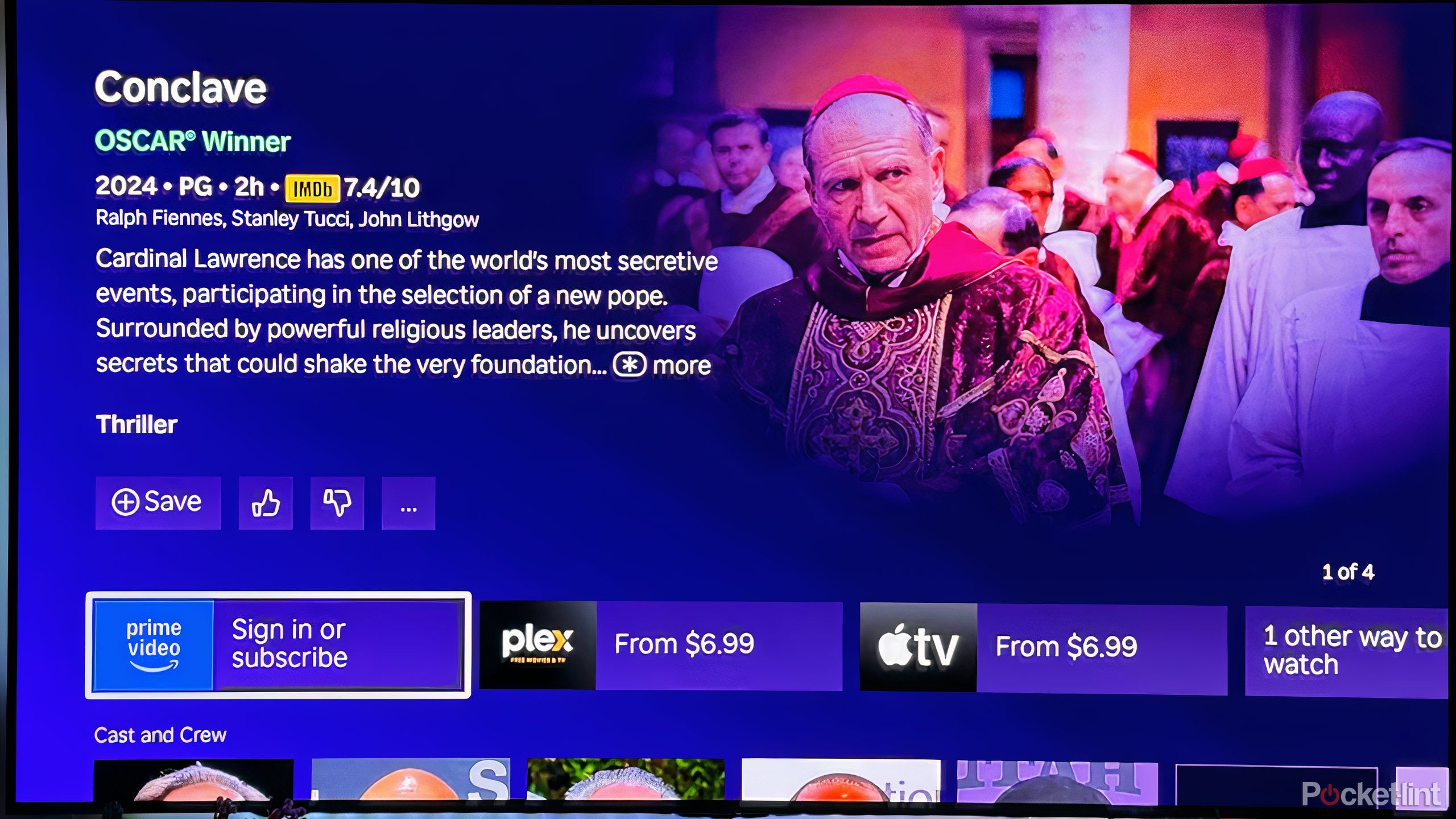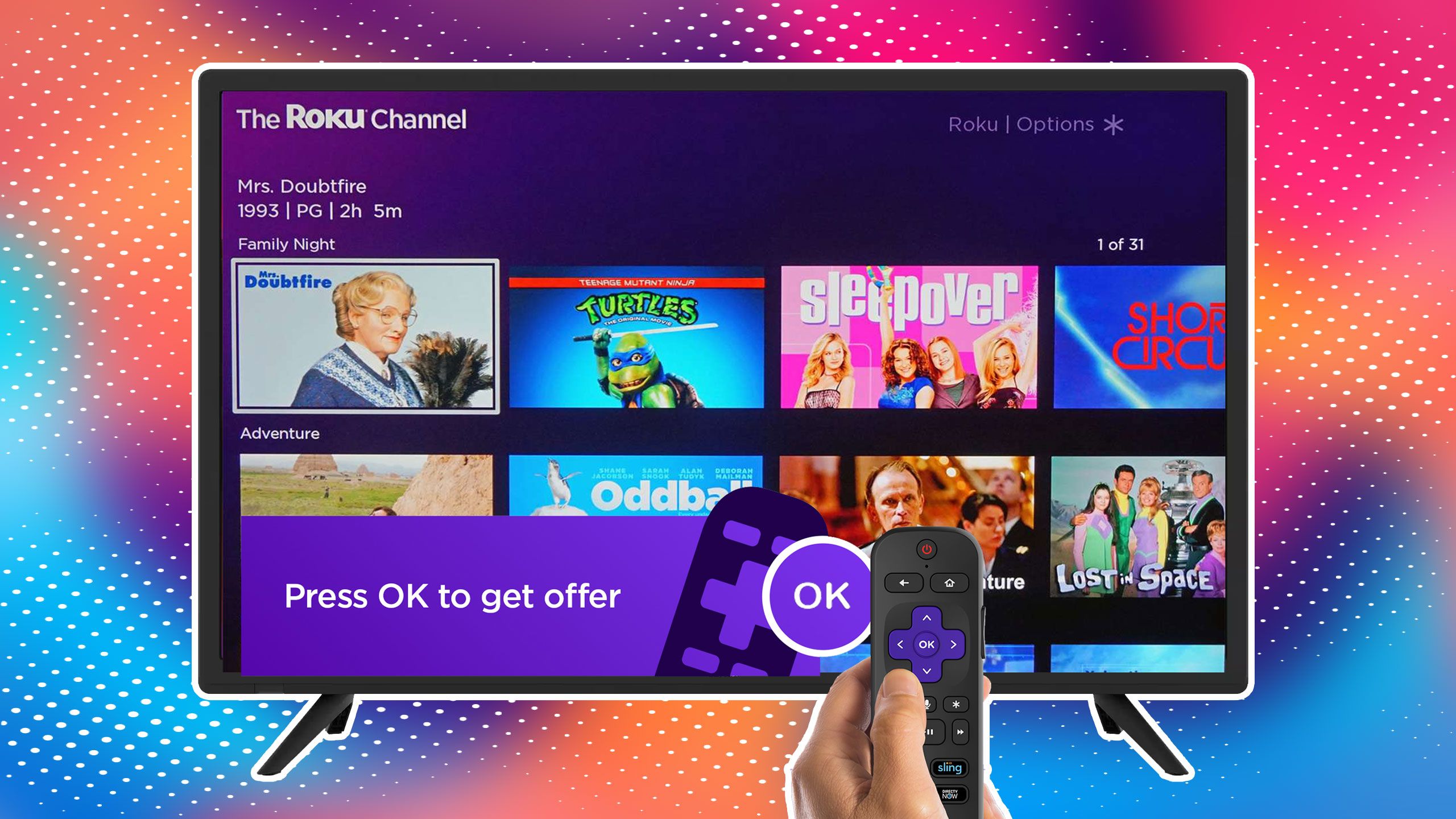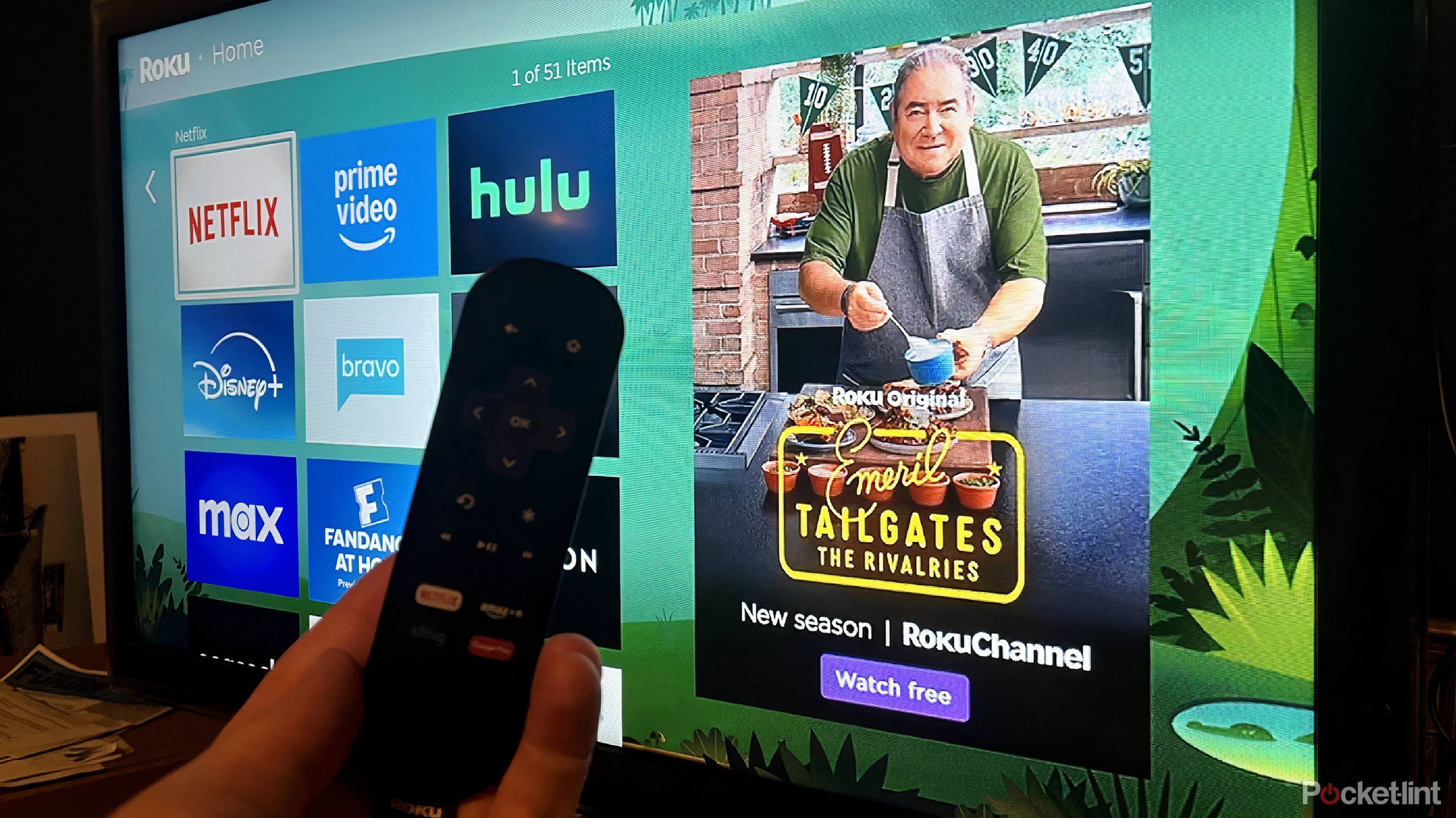Summary
- Amazon Ads and Roku’s partnership expands ad reach.
- Preferences will influence ads you see with great accuracy.
- It will be easier for advertisers to target unique users, minimizing overexposure.
Last week, Amazon Ads and Roku announced a partnership and integration that means a lot for your streaming devices. If you previously had an Amazon Fire Stick or Fire TV, you were getting ads through the Amazon Demand-Side Platform (DSP), meaning that advertisers that used Amazon DSP were reaching you through the device you were specifically using. The new partnership between Amazon Ads and Roku opens up the DSP’s possibilities, allowing advertisers to reach more people.
The deal allows Amazon Ads users to now reach Roku device users and those who have Roku TVs. Previously, Roku and Amazon both had their own Connected TV (CTV) platforms which advertisers used to reach their audiences. Now that Roku and Amazon have teamed up, that CTV has become much larger and Amazon’s DSP can recognize users that are using Roku devices to expand the marketing arm.

Related
What’s AI up to inside your Roku TV?
It might be common for AI to track your data, but you should definitely be in the know about it.
What does this mean for consumers? Your information is more widely accessible. Your preferences are shared with more people and technologies. But, you might actually see ads for things you want rather than things you don’t. Here’s more on the partnership and how it affects you.

- Operating system
-
Roku TV
- Ease of use
-
High
- Smart assistants
-
Yes (Various)
- Ad presence
-
Increasing
- App availability
-
Wide
- Notable features
-
Neutral content promotion; intuitive interface
Your streaming experience will change, but you may not notice
They’ll make it as seamless as possible
Amazon
By combining the two largest CTV audiences, Amazon Ads and Roku have drastically expanded their reach, and they will now have access to a logged-in 80M households in the US — which equates to more than 80% of CTV households. This means that most people who are streaming will be affected, but it may not be such a big deal. Unless you’re dead-set against receiving ads on your TV (which plenty of people are), you likely have some ads either on your Roku homepage or as a banner on your Fire TV menu.
Unless you pay for upgraded tiers of certain streamers, you may have ads show up on them as well. This gives advertisers a further reach on where to have you interact with their ads. This opens up apps for ads, including The Roku Channel, Prime Video, and other CTV services on the Roku OS or Fire OS. But this isn’t just going to affect you when you use things you probably already assumed Amazon and Roku were targeting, like the ones I mentioned above.
This also includes Disney+, Paramount+, Tubi, HBO Max, and more.
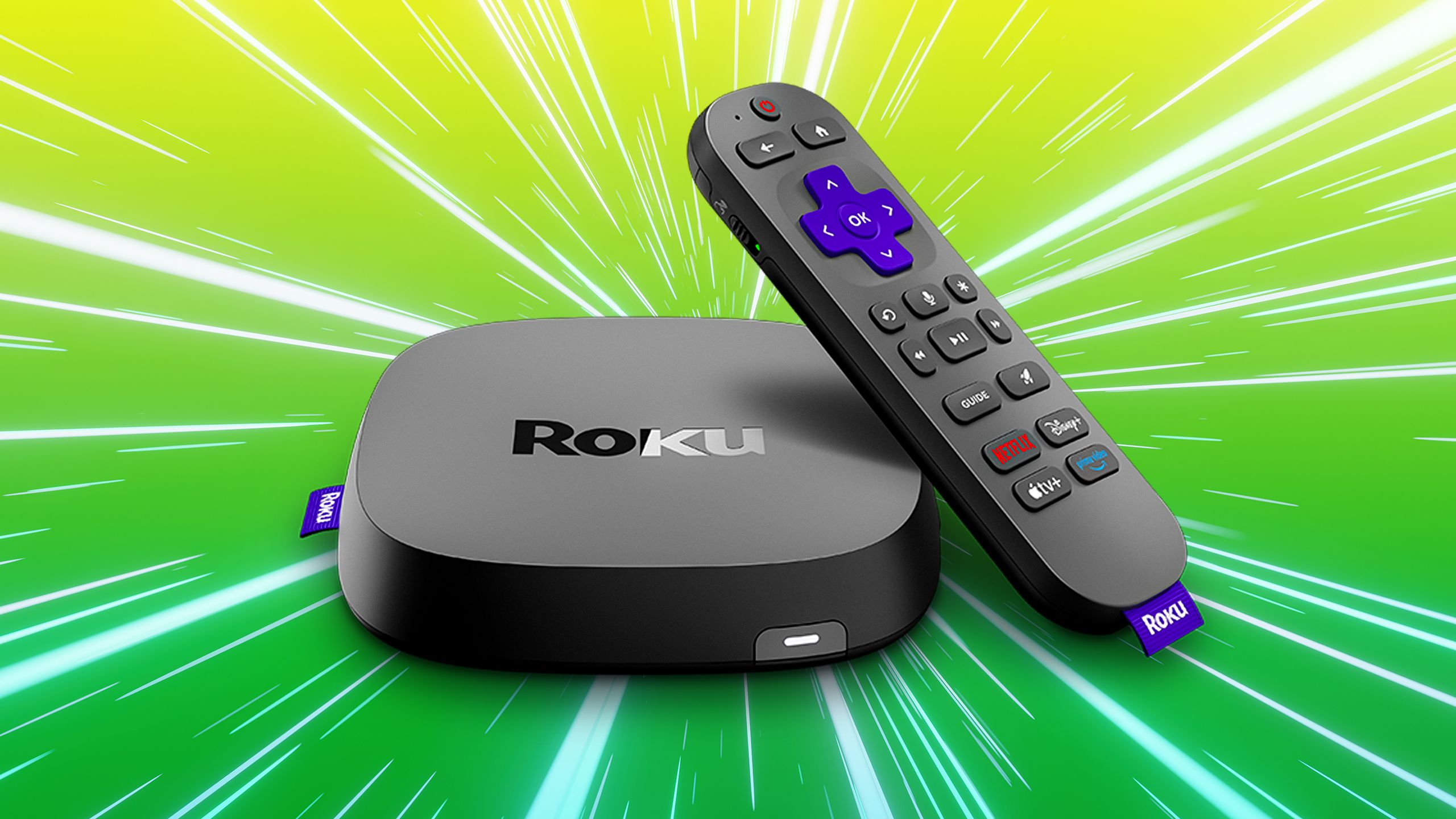
Related
Roku tests more ads inside streaming apps, even if you pay for ad-free
Roku might be experimenting with a new form of advertising.
Your preferences are going to be used against you (even more)
This may be harsh, but it’s true
What you watch plays a big role in the ads you see. If you’re all about sports, expect to see more ESPN+ or Gotham Sports promos. If you prefer true crime documentaries, you might see ads for ones that stream on Hulu or Netflix. The point isn’t actually more ads, rather, it’s more relevant ads that match your tastes. You might even find yourself actually interested.
Advertisers want to reach people who are going to actually either engage with their ad or the product that the ad is pitching. It’s pointless to show you a product that you have no interest in. The hard part is finding those people who might be interested in it, and so Amazon Ads and Roku have made it easier to find that group for advertisers. Advertisers are going to collect data to create more targeted ad campaigns for viewers or gain the ability to spread national campaigns more, thanks to this partnership.
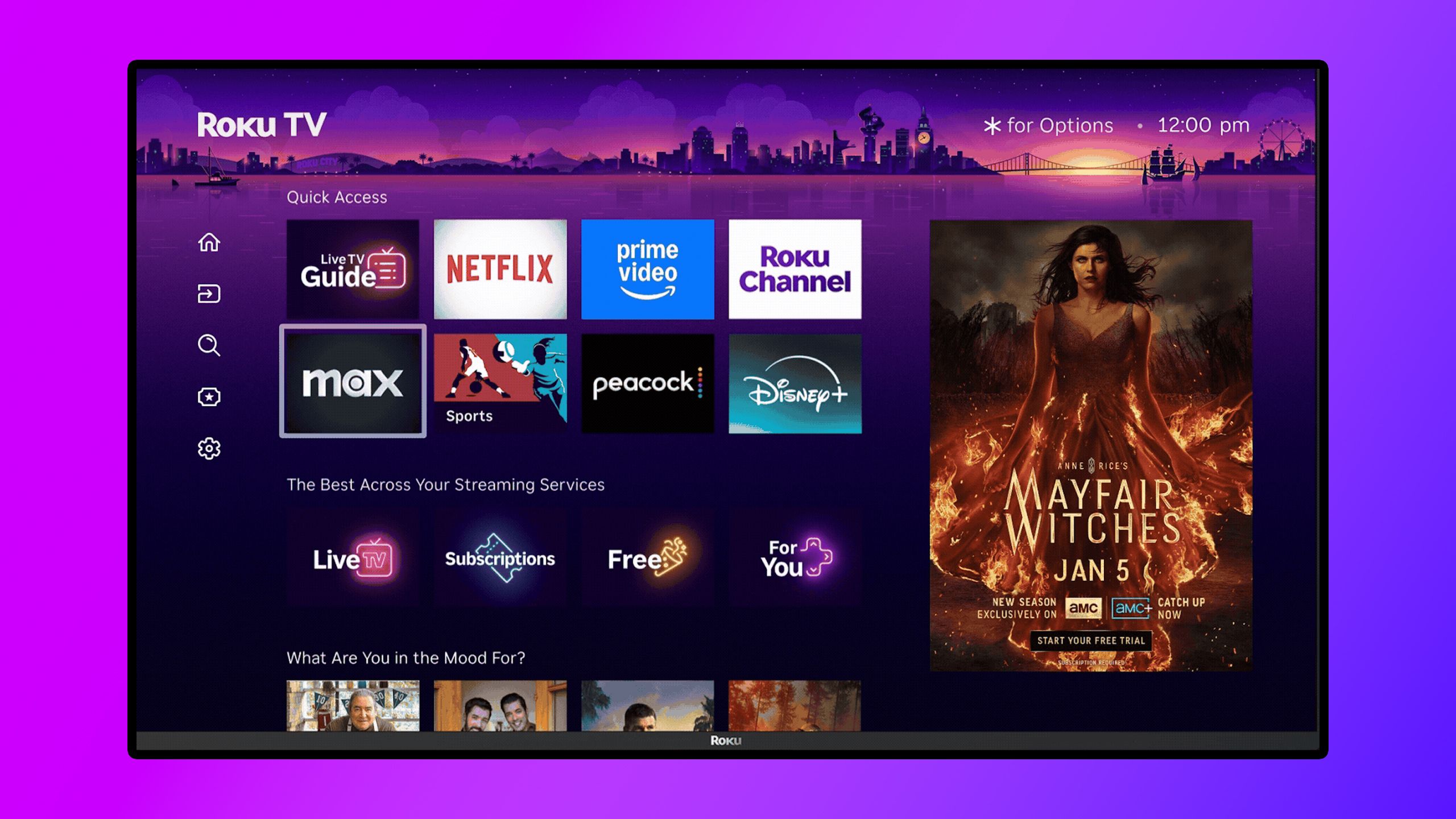
Related
Roku is testing a homepage upgrade focused on you
Roku is testing new homepage additions, including a new Quick Access section for your favorite streaming apps.
For advertisers, this is a home run
There isn’t more money they need to pay
Roku
Who wouldn’t want to be able to do their job more easily and potentially make more money while doing so? This partnership has made it easier for advertisers to reach more users. But it’s not only reaching users that will help advertisers while they are using these DSPs. It’s finding unique users, which this will open up for them. Unique means that they aren’t repeat users seeing the ads over and over again. You’re more likely to take notice of an ad you haven’t seen before, after all.
Reducing ad overexposure to an advertising base gives the advertiser a better chance of creating engagement. With the partnership, Roku has reported a jump in unique user reach for its advertisers. Also, advertisers no longer need to have two different ways of interacting with the DSP. It has unified the experience for them, making it easier to run the same ad campaigns across the larger CTV footprint.
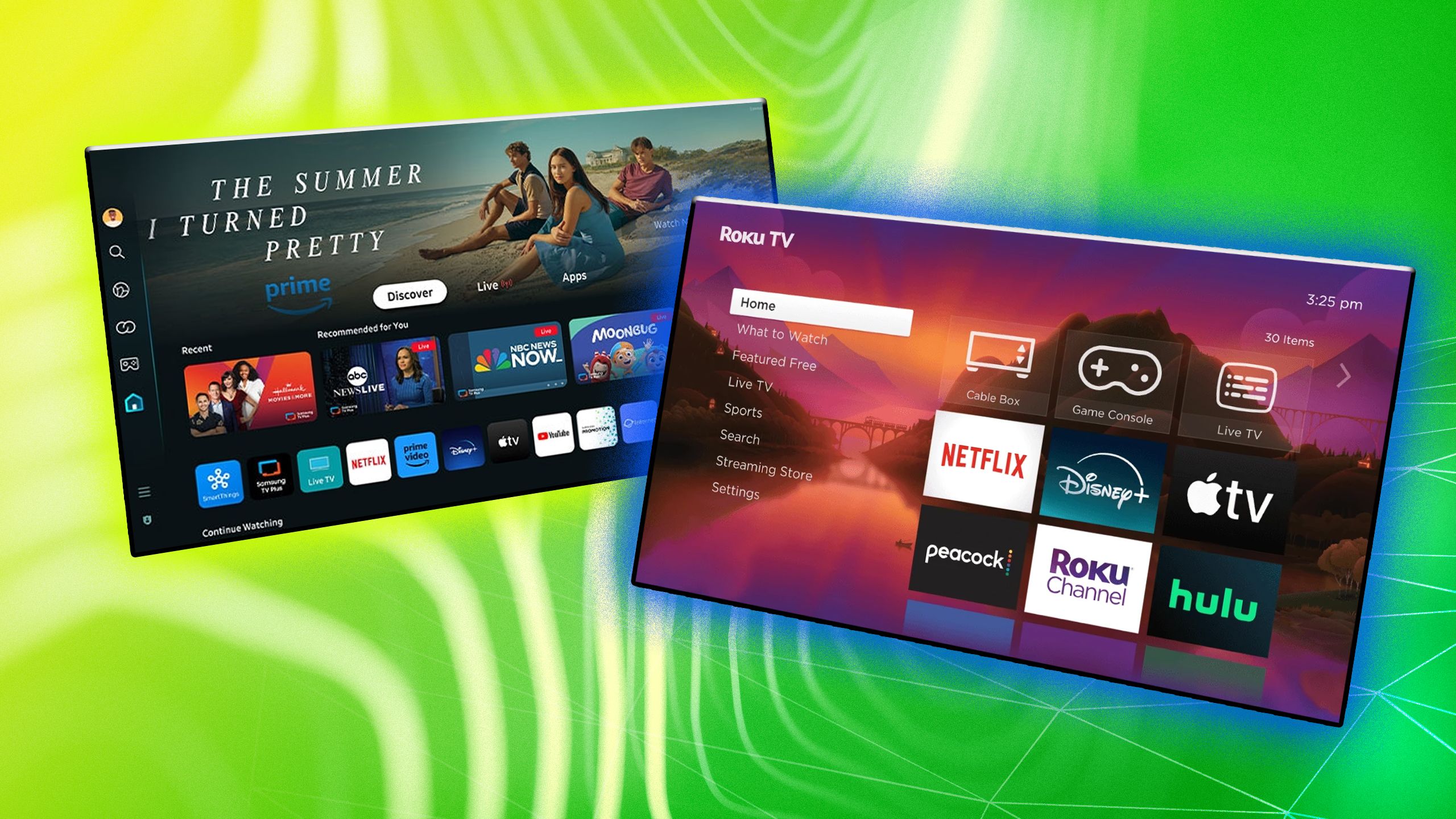
Related
5 issues smart TVs really shouldn’t have in 2025
Manufacturers need to band together and fix the problems.
What users can do to minimize ads
You still have some say in the matter
It’s rather simple to change your ad settings on both Roku and Fire TV devices. You won’t be able to eliminate them altogether, but you can swap your preferences and make it easier for you to see ads that you actually want.
For ads on the Roku home screen, what you need to do is head to the home menu. On the left-hand side of the page is Settings. Click on that and select privacy. Inside privacy, there’s a section for Advertising. Once that’s clicked, Sensitive ad content should next be selected. At the bottom, the box for Personalized ad content needs to be checked. From there, you can choose what kind of ads you don’t want to see. These include violence, horror, alcohol, smoking, gambling, and more. If an ad pops up that you don’t want to see anymore, you can also go to it and press the * button and click Hide this ad.
It’s a similar process for Fire TV. Start on the home screen and click on the Settings icon. Click Preferences and then Privacy Settings. From there, you can disable Device Usage Data, Collect App Usage Data, and Interest-based ads. On the previous screen, Data monitoring should be turned off. In the Preferences menu, select Featured content now. Turn off Allow Video Autoplay and Allow Audio Autoplay. This is how you can block ads from coming on your Fire TV and Roku devices.





